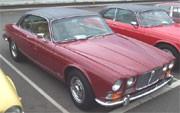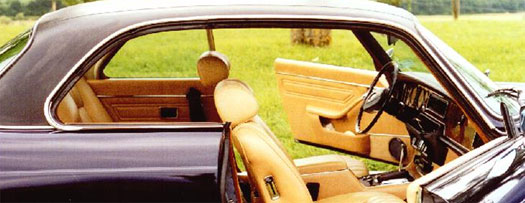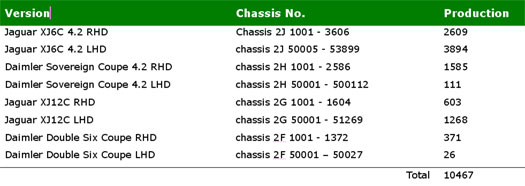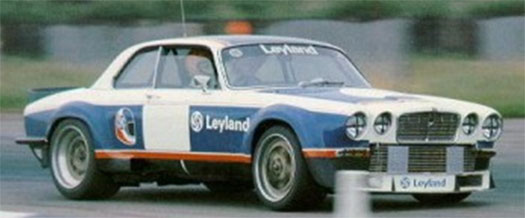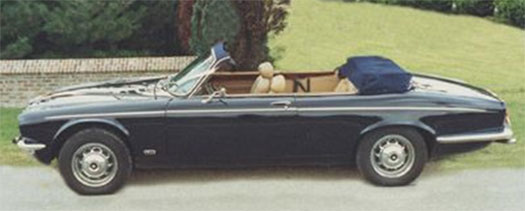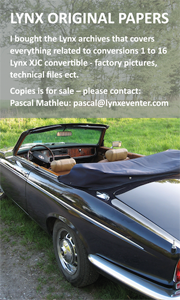|
|
Avon-Stevens | Lynx | OthersFrom coupe to convertible |
|
|
|
The donor car of the XJC convertible – the XJ Coupe - were announced at Frankfurt Motor Show in September 1973. It was planed that the coupe would be available the following spring, but production was delayed due to problems with side-windows sealing, and the XJC did not emerge in quantity until 1975. The XJC is a two-door version of the short-wheelbase (SWB) XJ saloon. With no pillar behind the door to break the line, the side is completely open, when the windows are lowered out of sight. On the XJC’s roofs were finished in a vinyl trim, which added to the sporty appearance. The XJC is a very graceful stylish car, no wonder the coupe was a favorite of Jaguar founder Sir William.
From 1975 to 1977 just 10.467 two-doors where made. The official excuse for discontinuing the model was that the XJC was the only model to retain the original short wheelbase.
XJC race
Missing link or blasphemy – make your choice. But the ultimate XJC, the converted is for sure incredible good looking. XJC becomes open A thriving Volvo agency, and a reputation for body repairs of all
kinds, were not quite enough for Graham Hudson owner of Ladbroke Motor
Group and Avon Bodies Ltd. Then one day, in walked Tony Stevens; he
put down a Corgi model on Hudson’s disk. “Can you make
that?” he asked. It was a Jaguar XJC two-door with the roof
neatly removed. “Done” said Hudson.
|
|
|
|
||
Download The XJC standard colours – body paint
and trim |

